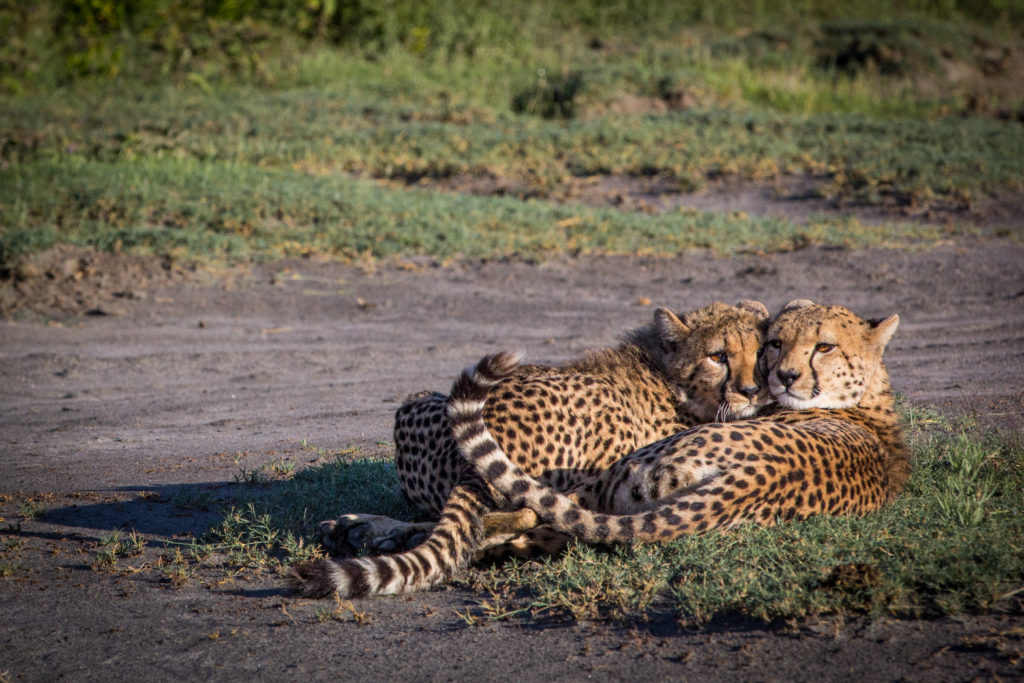World Cheetah Day
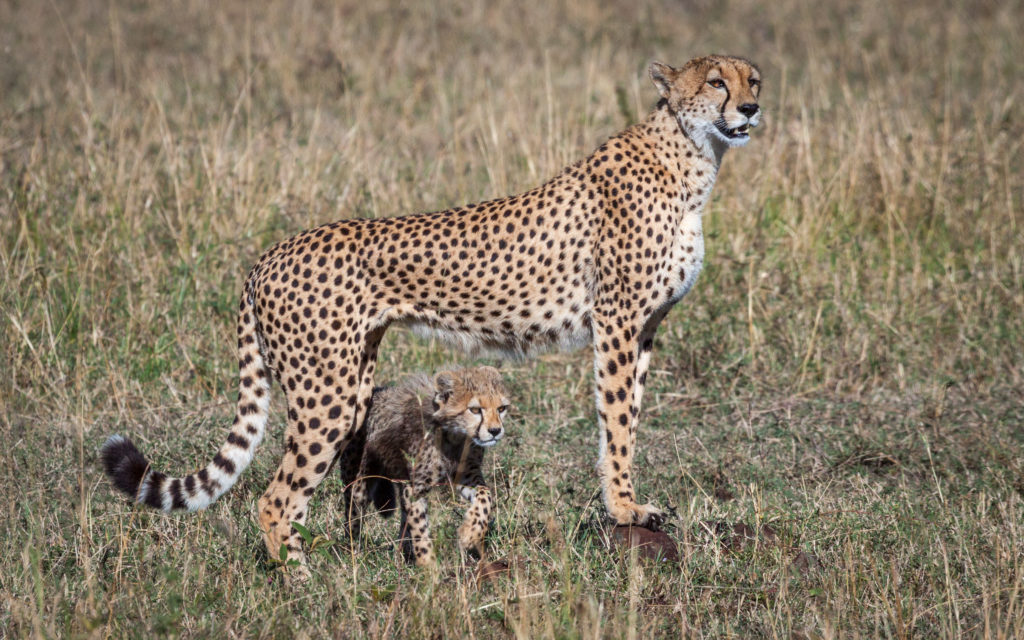
Today is world cheetah day, and as this is a cat very close to my heart, I thought I would share a bit of information about this amazing predator, as well as the immense challenges that the species currently faces.
Cheetahs once ranged across the entire African continent, except for the Congo Basin, and into Asia from the Arabian Peninsula to eastern India. It is believed that there were around 100,000 individuals at the start of the 1900’s. Today, cheetahs are found in only 23% of their historic African range and are extinct in their Asian range except for a small population, and with a total population around 7100.
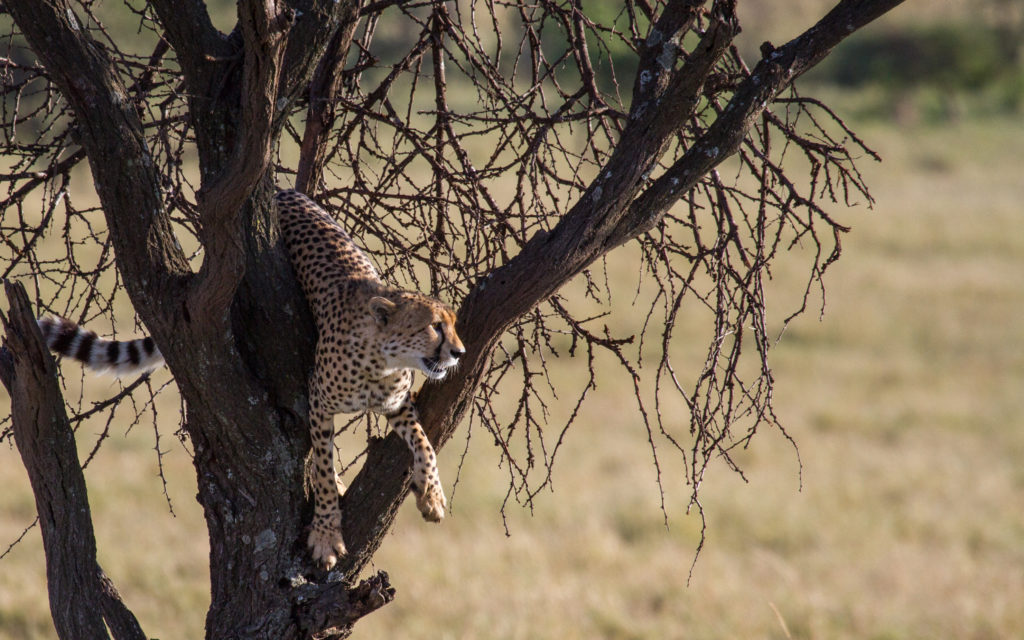
As with other species fighting extinction, the problems are complicated. But the cheetah faces 3 main issues.
Cheetahs are one of the smaller of the big predators, relying on their amazing speed and agility to bring down prey, rather than their strength. This leaves them at a disadvantage when trying to compete with the other large predators such as hyena, lion and leopard. In national parks and wildlife reserves where one will find these other predators, cheetahs tend not to fare very well, as their kills are often stolen. Cub mortality rates can be as high as 90% in the reserves and therefore almost 90% of the cheetah population in Africa can be found outside of these reserves and national parks, roaming farmlands instead. This of course lends itself to conflict with farmers, as the cheetah prey on livestock which is the farmers’ livelihood, resulting in the farmers shooting cheetahs that they find on their property. This conflict is one of the main contributions to the decline in the species.
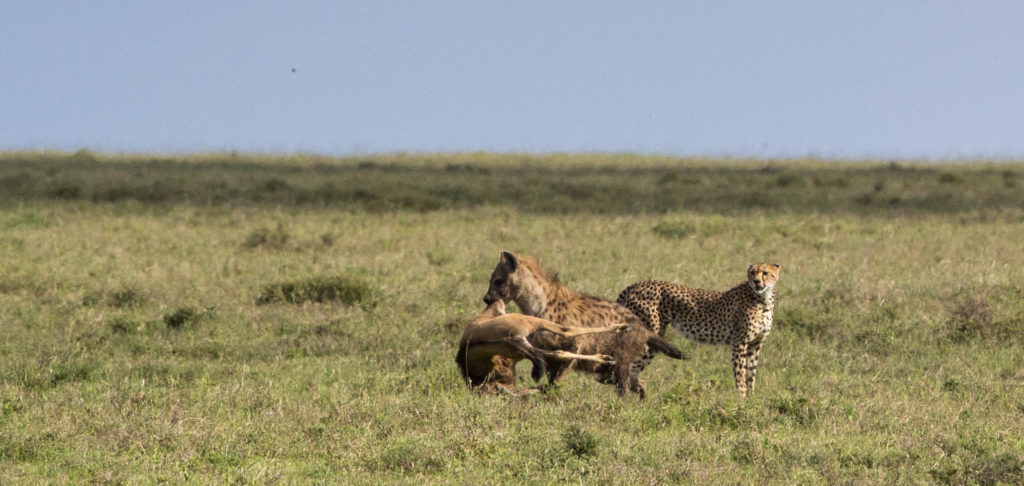
As the human population grows, and there is more development and less open land, so the habitat for cheetahs begins to shrink. Cheetahs have massive home ranges and territories, which requires vast space for them to move across areas that have water and suitable prey. The more humans turn farmlands into communities and settlements, so the remaining habitat becomes smaller and unable to hold the same number of cheetah.
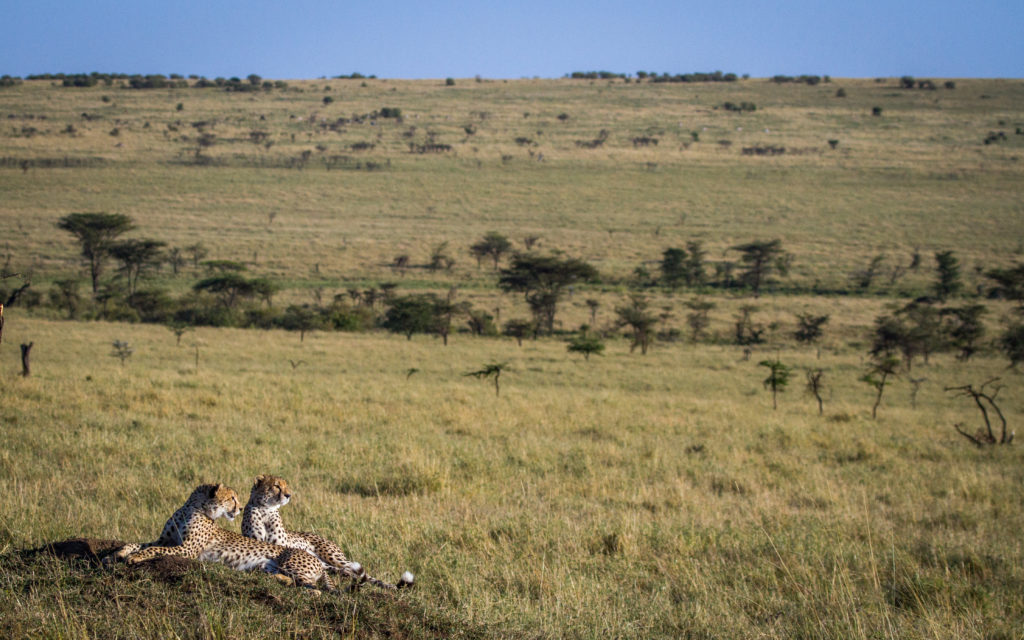
The third problem facing the species is illegal wildlife trade. For thousands of years, cheetahs have been kept as pets and in captivity by royalty, princes and pharaohs. They were seen as a sign of wealth and nobility. This has continued on into modern day, and as a result, it is the primary reason for the extinction of the Asiatic cheetah in Asia. It continues to haunt the species as cubs are trafficked around the world, many of them not surviving the trip which leads to more needing to be smuggled.
Another variable which plays havoc with the cheetah population is the lack in genetic diversity. Due to a mass extinction thousands of years ago, it left the cheetah population with a population bottleneck and that has resulted in a weakening of their genes. With the above-mentioned problems already putting huge pressure on the population, losing individuals due to those problems merely increases the genetic diversity issue.
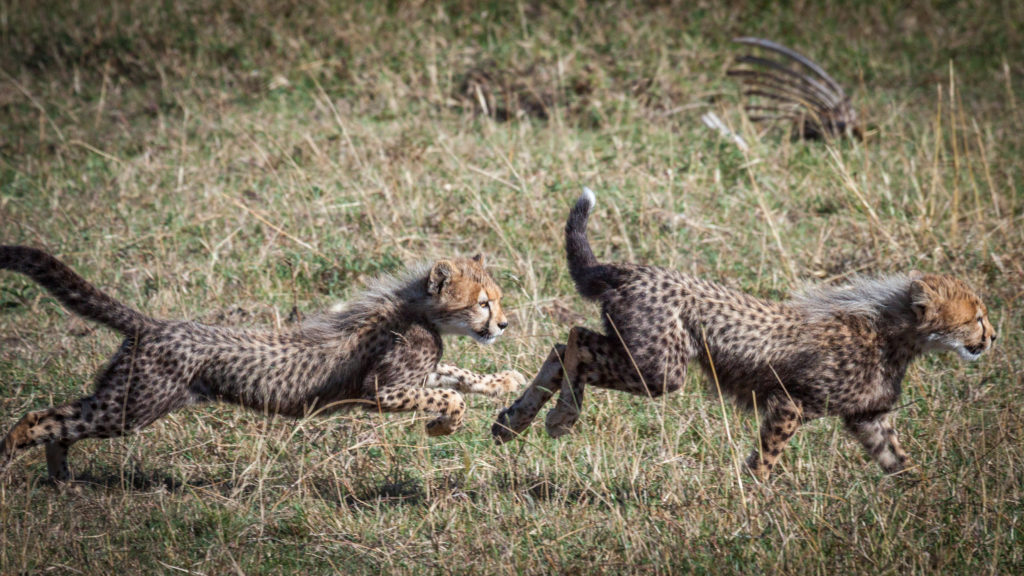
You can help to defend the cheetah population by making others aware of the issues facing the cheetah population. You can also help by donating to organisations like the Cheetah Conservation Fund or Endangered Wildlife Trust who will put the funds towards research in finding ways to reduce the human/wildlife conflict as well as curb the illegal wildlife trade.
You can also indirectly help the cheetah population by booking a safari with us! Each camp that we book ensures that a portion of your payment is allocated towards conservation in that area and toward protecting species such as the cheetah. If it were not for tourists visiting and paying to stay in these areas, there would be no resources allocated to protecting the habitat and animals living in the area, and soon those animals would be lost.
